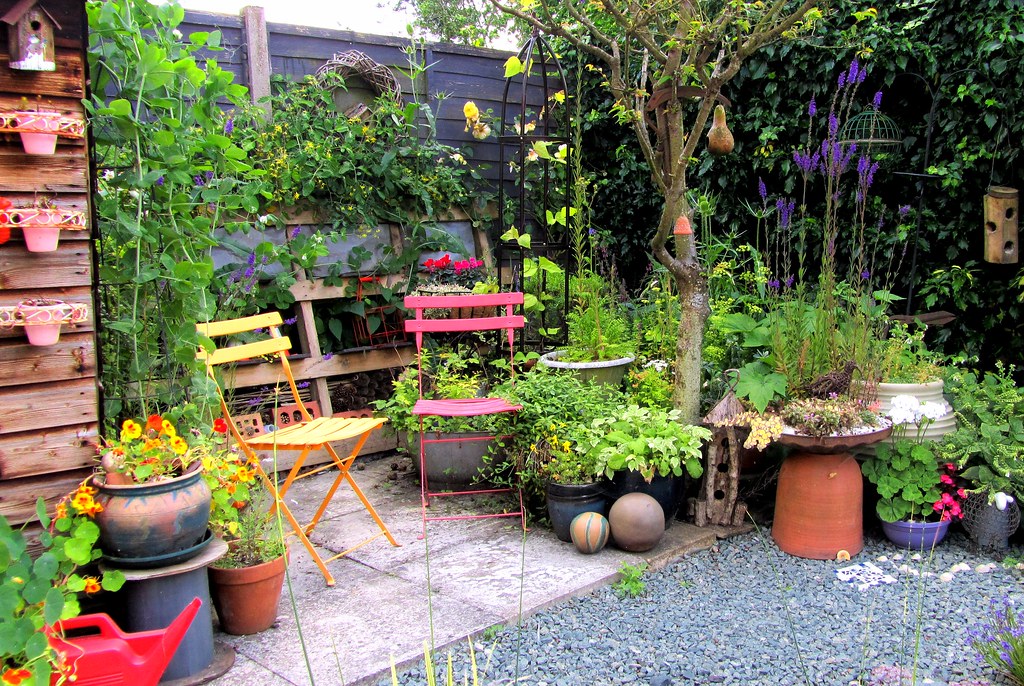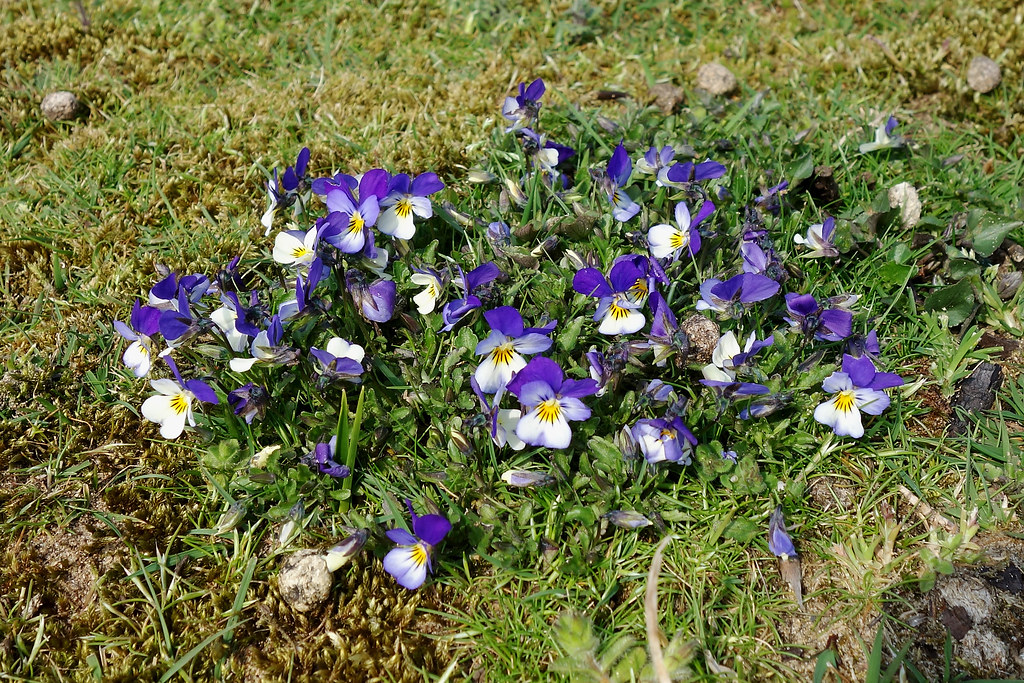Let’s take a moment to appreciate the unsung hero of the spring garden: the native wisteria. It’s not every day that you come across a plant that can transform your backyard into a scene straight out of a period drama. I’m talking about that breathtaking cascade of purple you might have spotted on the Bridgerton family mansion in the hit Netflix show. But beyond its screen-worthy appearance, there’s a lot to love about this vine, especially when it’s part of your own personal oasis.
Wisteria, with its curtains of purplish, sweetly scented spring flowers, is the epitome of romantic garden design. It’s especially at home in cottage gardens or English-style landscapes, where it can drape gracefully over arbors or trellises. But before you rush out to get one for your yard, let’s chat about what makes native wisteria species such a smart choice.
Unlike their overly enthusiastic Asian counterparts, native wisterias, such as the American wisteria (Wisteria frutescens) and Kentucky wisteria (Wisteria macrostachya), are not garden bullies. They won’t take over your space or strangle your other plants. Instead, they offer the same stunning visuals without the guilt of contributing to invasive species problems. The American wisteria, for instance, is a well-mannered guest in your garden, reaching up to 30 feet and hardy in Zones 5-9. It’s a bit like a shrub and a vine rolled into one, with thick, woody stems that can wind around fences and trellises, always twining counterclockwise, which is a fun little quirk of nature.

If you’re looking for a showstopper, ‘Amethyst Falls’ is the variety that will have your neighbors peeking over the fence in admiration (even if you don’t officially invite them to do so). It blooms in May with the possibility of a summer encore, offering huge clusters of flowers that are a sight to behold. For those in colder climates, the ‘Blue Moon’ variety of Kentucky wisteria is your frost-resistant friend, with blooms that can grace your garden up to three times a season once the vine is mature.
But the real kicker? These native beauties tend to bloom sooner and more reliably than their nonnative relatives. You get all the charm without the wait or the worry. And let’s not forget the invasive species to avoid: Wisteria sinensis and Wisteria floribunda. These Asian varieties may be pretty, but they’re the botanical equivalent of a charming rogue who ends up stealing your silverware. They grow rapidly, can reach up to 70 feet, and their heavy vines can collapse fences and arbors. Once they’re established, they’re like that one party guest who just won’t leave—it takes a Herculean effort to get rid of them.
How to grow native wisteria without it becoming a beast?
First, give it a sunny spot with well-drained, moist soil. Plant it in spring or fall, and make sure to dig a hole that’s as deep as the root ball and two to three times as wide. If you’re creating a wisteria tunnel, space them out to give each plant room to flourish. Water well, mulch to keep the weeds at bay, and prune annually for the best blooms.
And there you have it, the secret to a garden that could rival any period drama set. A native wisteria archway is not just a pretty face; it’s a resilient, low-maintenance addition to your landscape that won’t turn into a botanical bully. It’s the kind of garden feature that makes you want to grab a book, pour a cup of tea, and bask in the glory of your own private floral haven. And isn’t that what gardening is all about? Creating a space that brings you joy, peace, and a touch of whimsy.
Now that we’ve covered the allure of native wisteria, let’s dive into the nitty-gritty of creating and caring for your own wisteria archway. This is where the magic happens, where your garden transforms from a simple backyard into a whimsical sanctuary that could very well be the envy of the Bridgerton family themselves.

Creating a wisteria arch is like plant painting; you’re the artist, the garden your canvas.
The first step is to select the right structure for your wisteria to climb. Remember, wisteria can live for over a century, and as it grows, it becomes woody and heavy. You’ll need a sturdy support system. A metal or wooden arbor or pergola works well, but make sure it’s anchored deeply into the ground and constructed to withstand the weight of mature vines.
Once you’ve got your structure in place, it’s time to plant your wisteria. If you’ve chosen ‘Amethyst Falls’ or ‘Blue Moon’, you’re in for a treat. These varieties are not only stunning but also manageable. Plant them in the spring or fall, in well-drained, moist soil. Remember to give them room to grow; space out the plants at least 10 to 15 feet apart if you’re creating a tunnel. This ensures that each plant has ample space for its roots and vines to develop without competing with each other.
Watering your wisteria is straightforward.
They are drought-tolerant once established, but during the first few years, you’ll want to keep the soil moist. If there’s no rain, water them once a week to encourage deep root growth. Mulching helps retain moisture and keeps the weeds down, so spread a generous layer around the base of your plants.

Pruning is crucial for a healthy wisteria archway.
Prune in late winter to encourage flowering. Cut back the previous year’s growth to a few buds to stimulate the new growth where flowers will form. You can also prune in late summer to maintain the shape and size of your wisteria.
As your wisteria matures, it will start to bloom, usually within a few years of planting. The sight of your archway draped in cascades of purple flowers will be a reward worth the effort. And the fragrance! It’s like a springtime symphony that dances through the air, enchanting everyone who passes by.
But let’s not forget the potential pitfalls. Vigilance is key to preventing your wisteria from becoming invasive. Keep an eye on the growth and prune as needed to control it. And remember, while native wisterias are less aggressive than their Asian counterparts, they still require regular maintenance to keep them in check.
Imagine your garden in full bloom, with bees buzzing and butterflies flitting from flower to flower. Your wisteria archway is the centerpiece, a living testament to the beauty that nature and a little hard work can create. It’s not just a garden feature; it’s a sanctuary, a place where you can escape the hustle and bustle of everyday life and immerse yourself in the tranquility of nature.
A native wisteria archway is more than just a garden trend; it’s a timeless addition to any landscape. With the right care and attention, it can be a source of beauty and pride for years to come. Roll up your sleeves, get planting, and soon you’ll be sipping tea under your very own archway of blooming wisteria, basking in the satisfaction of a job well done.
Related posts:
Grow a Wisteria Archway with These Types That Won’t Take Over
The 15 most blooming beautiful places to see wisteria in the UK
Can I grow wisteria over an arch?




